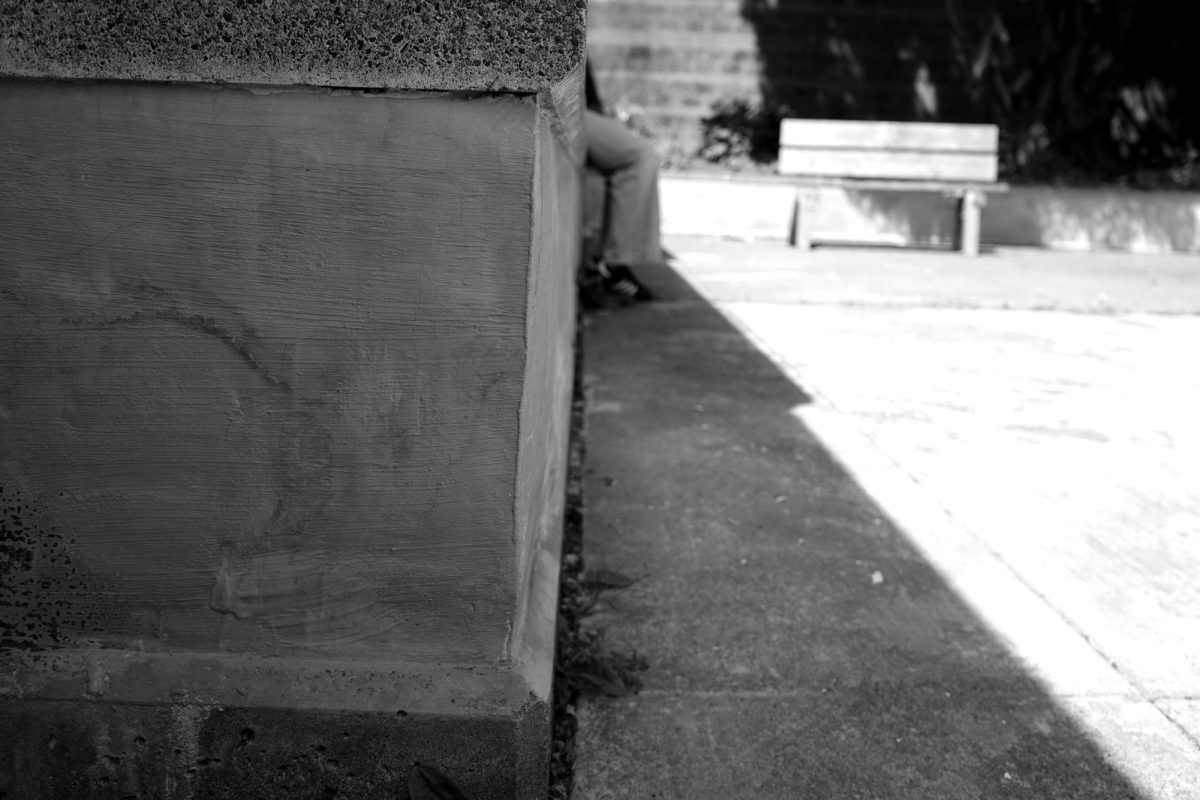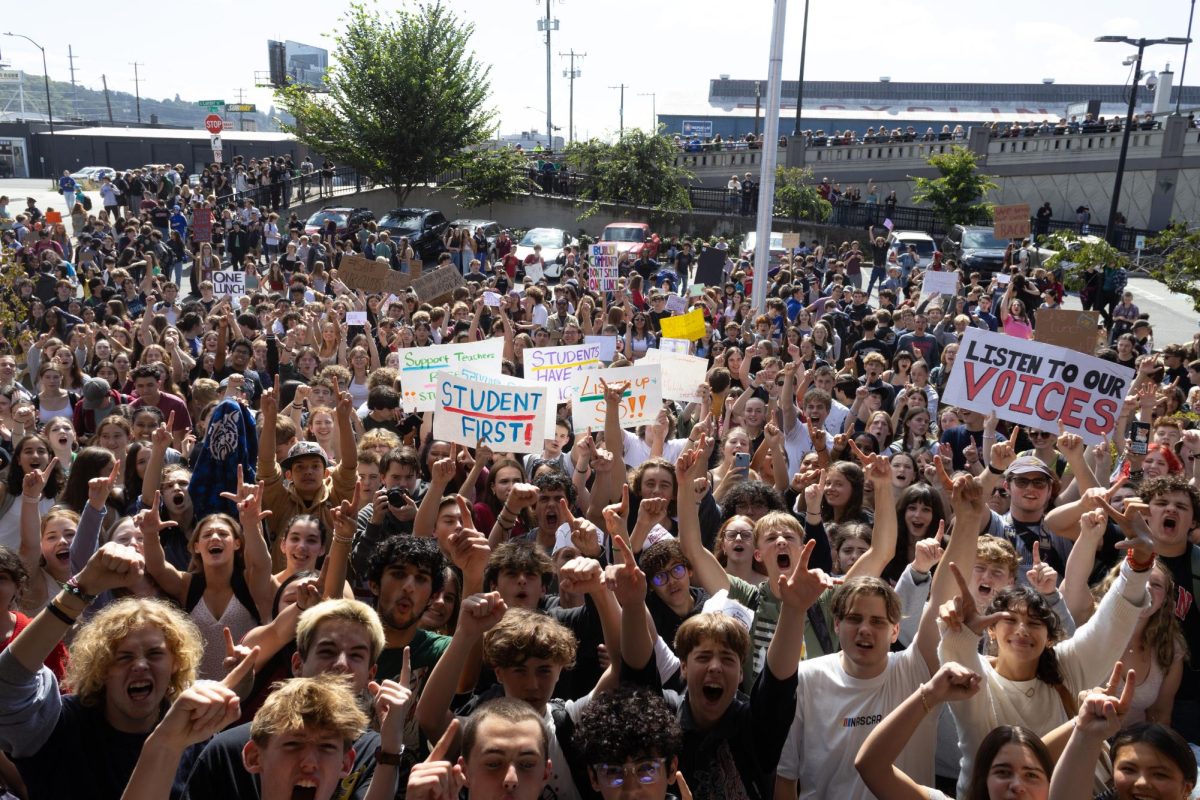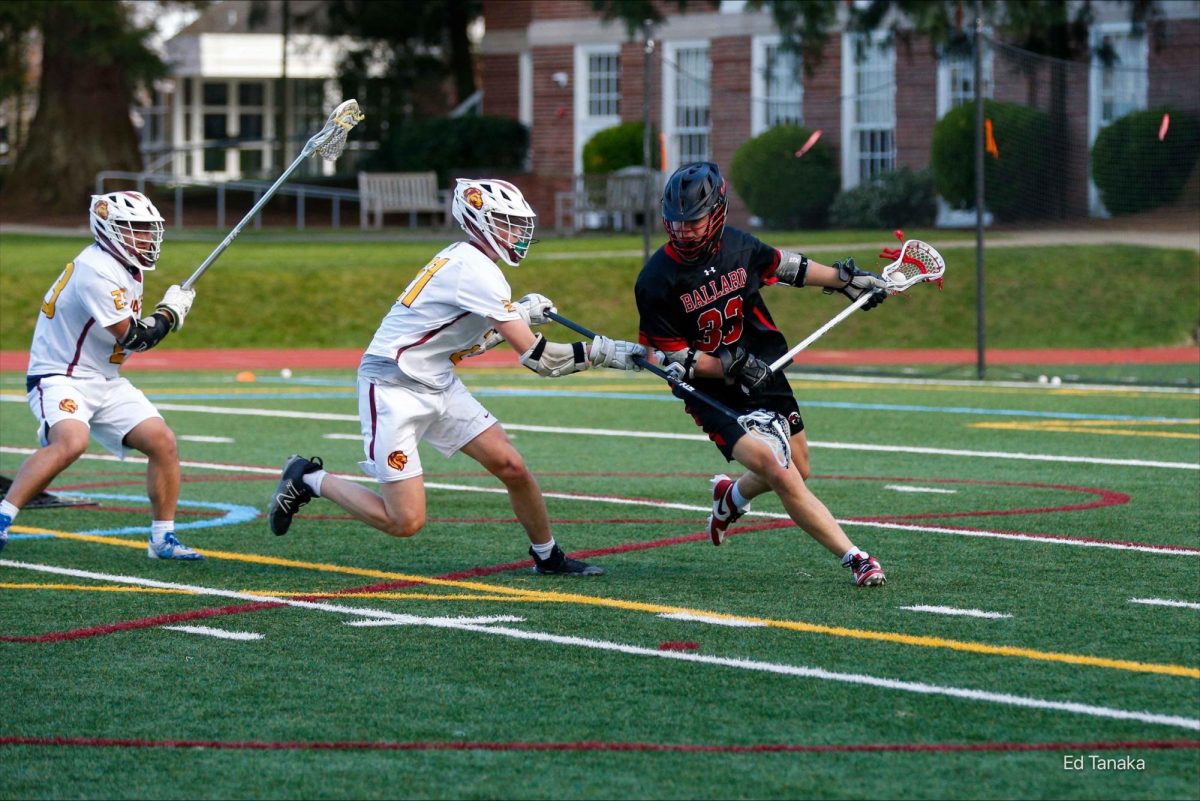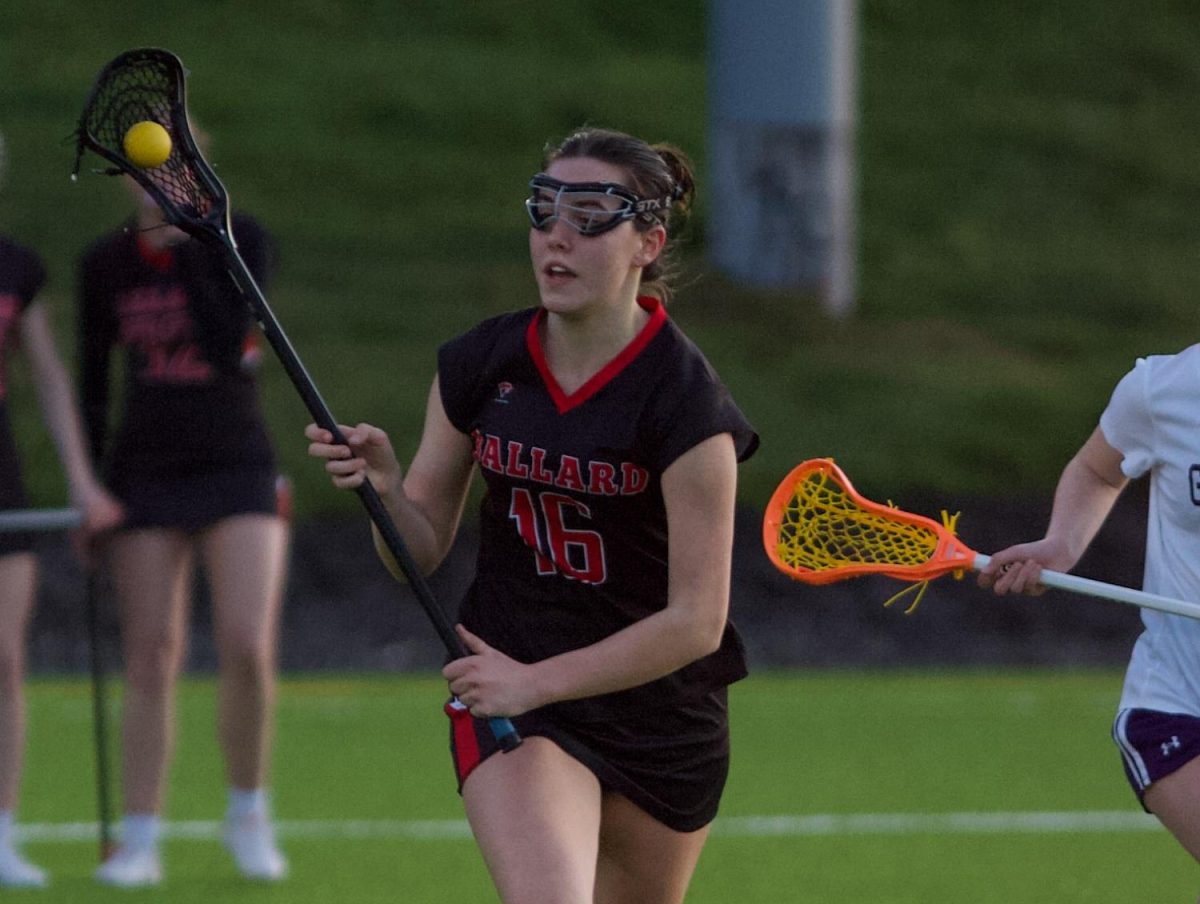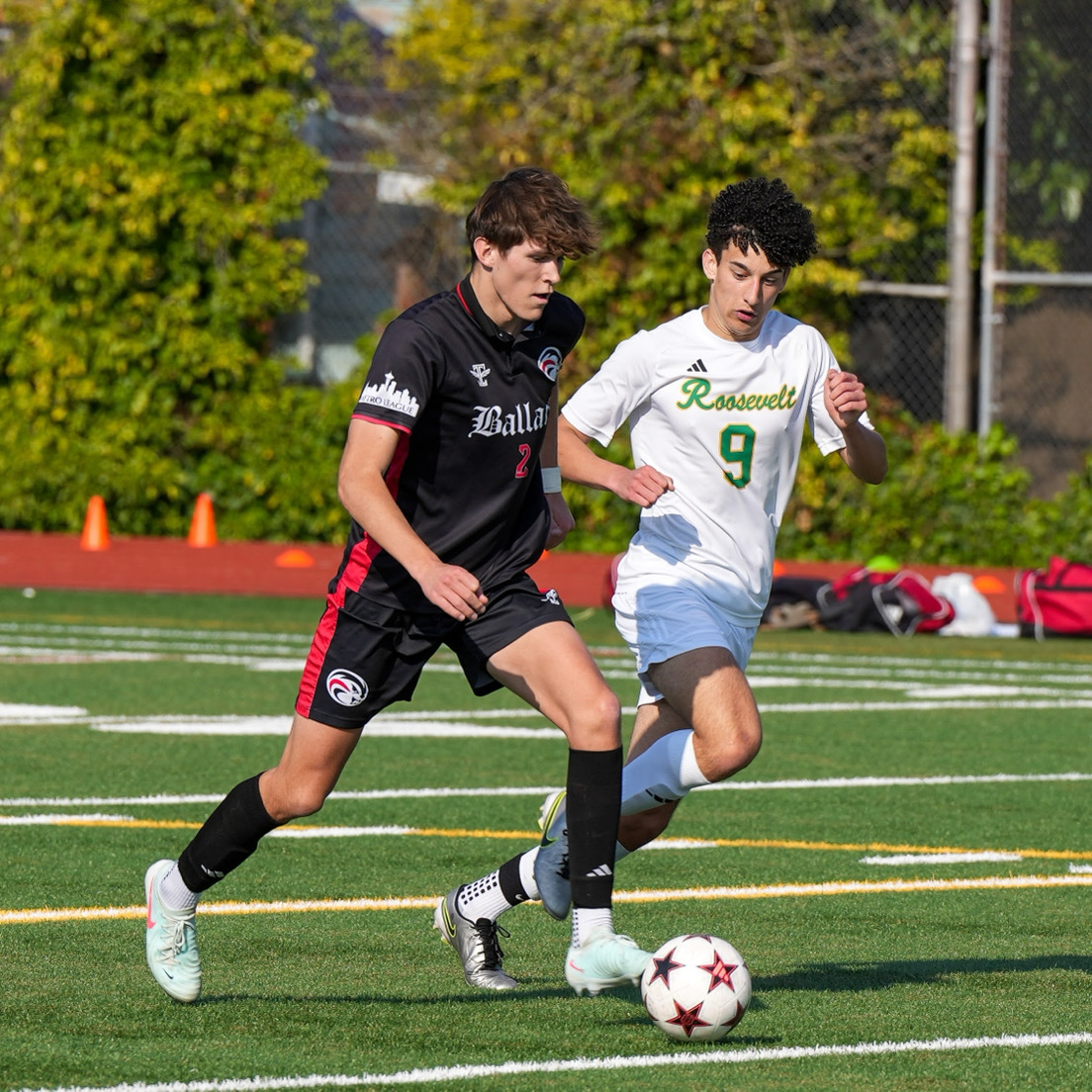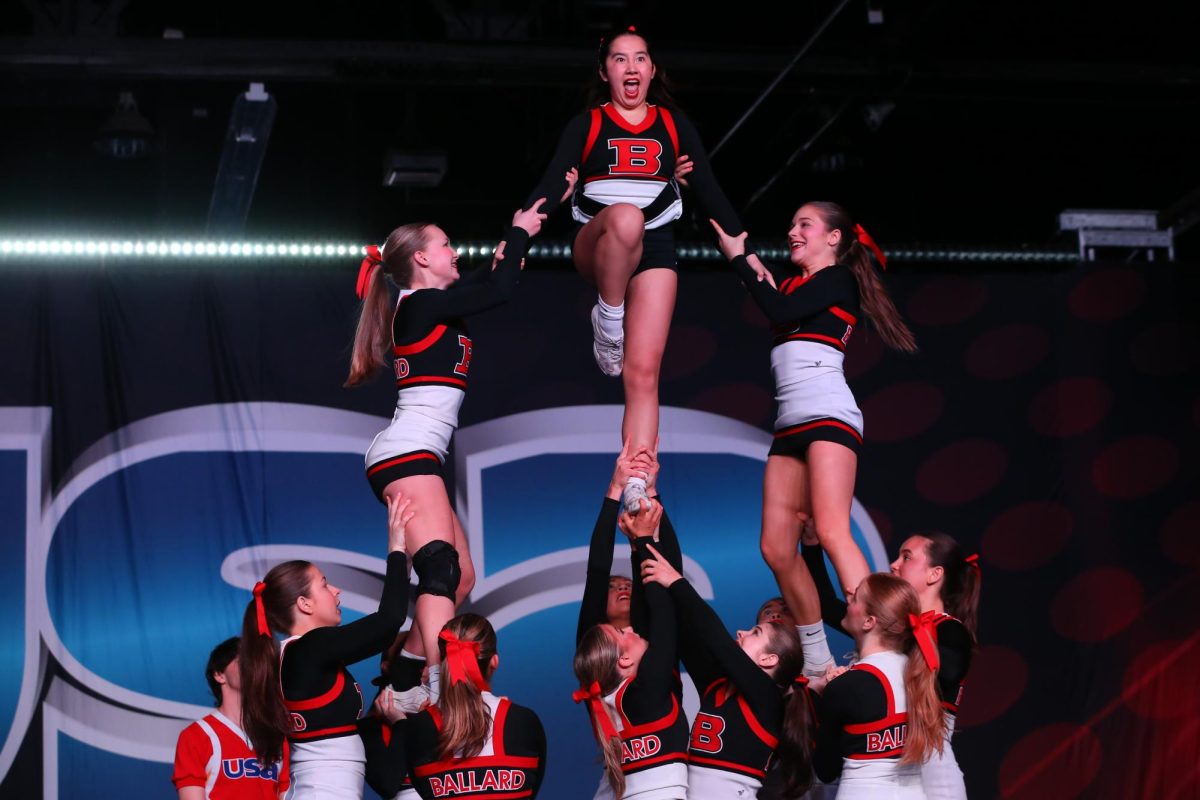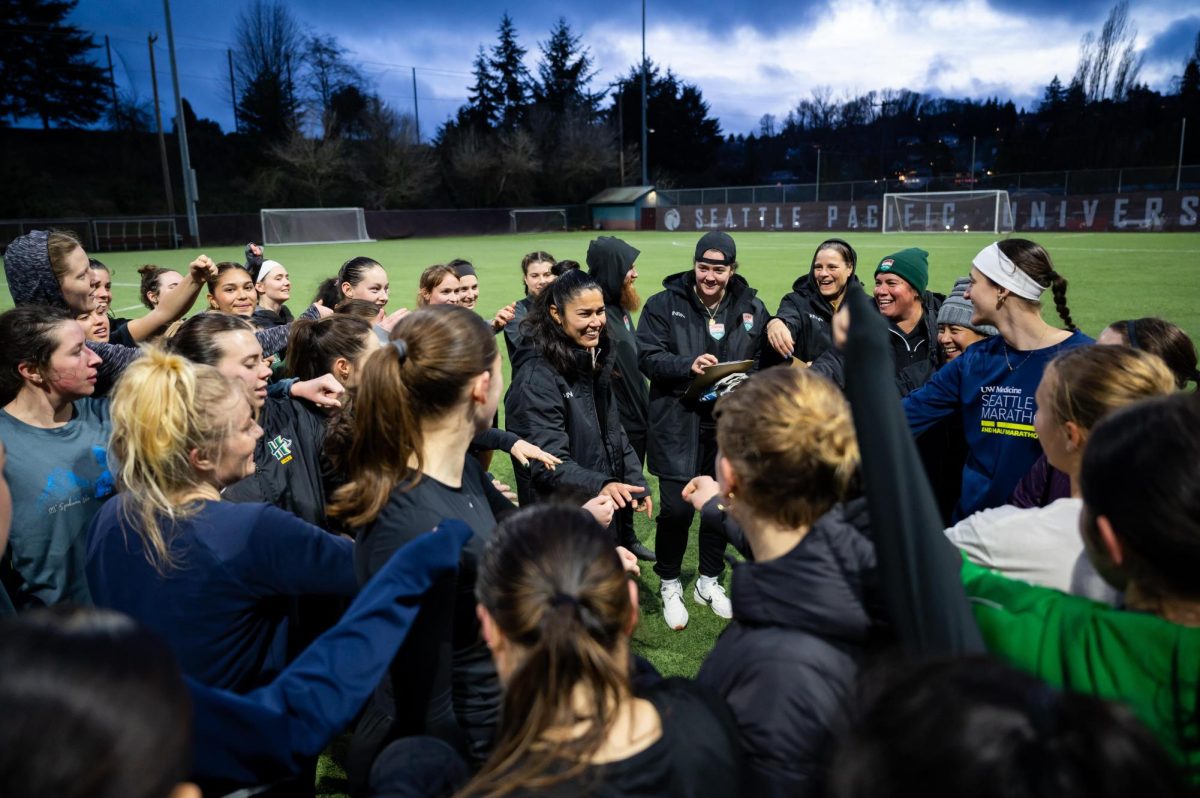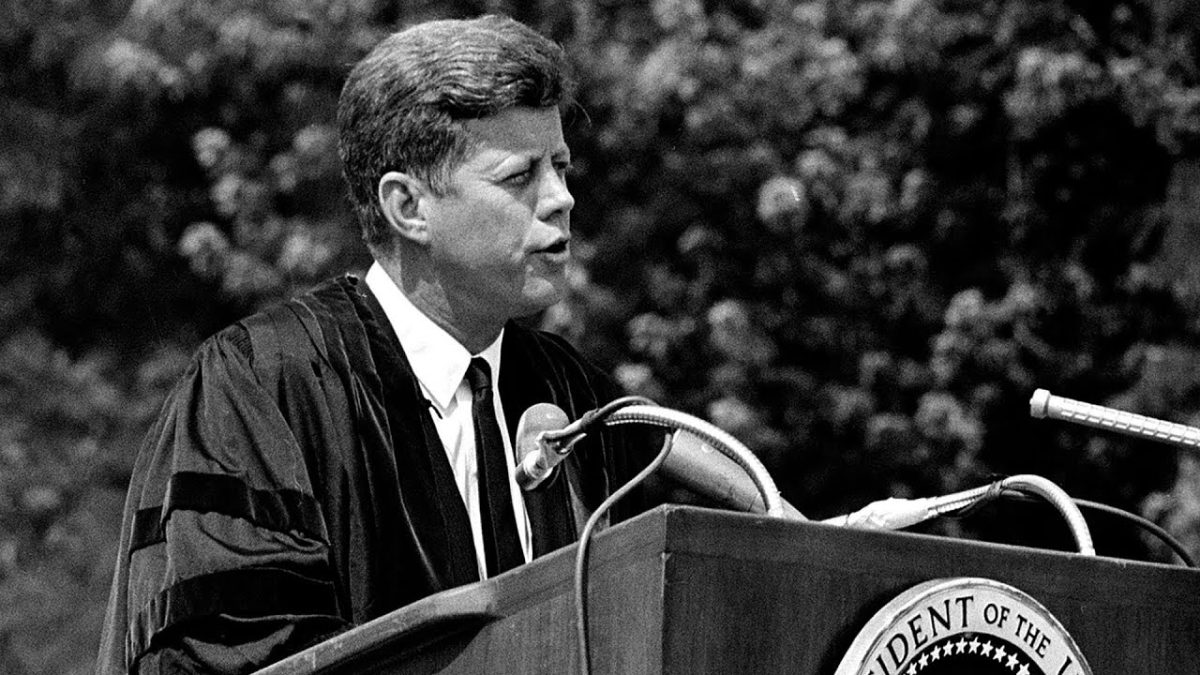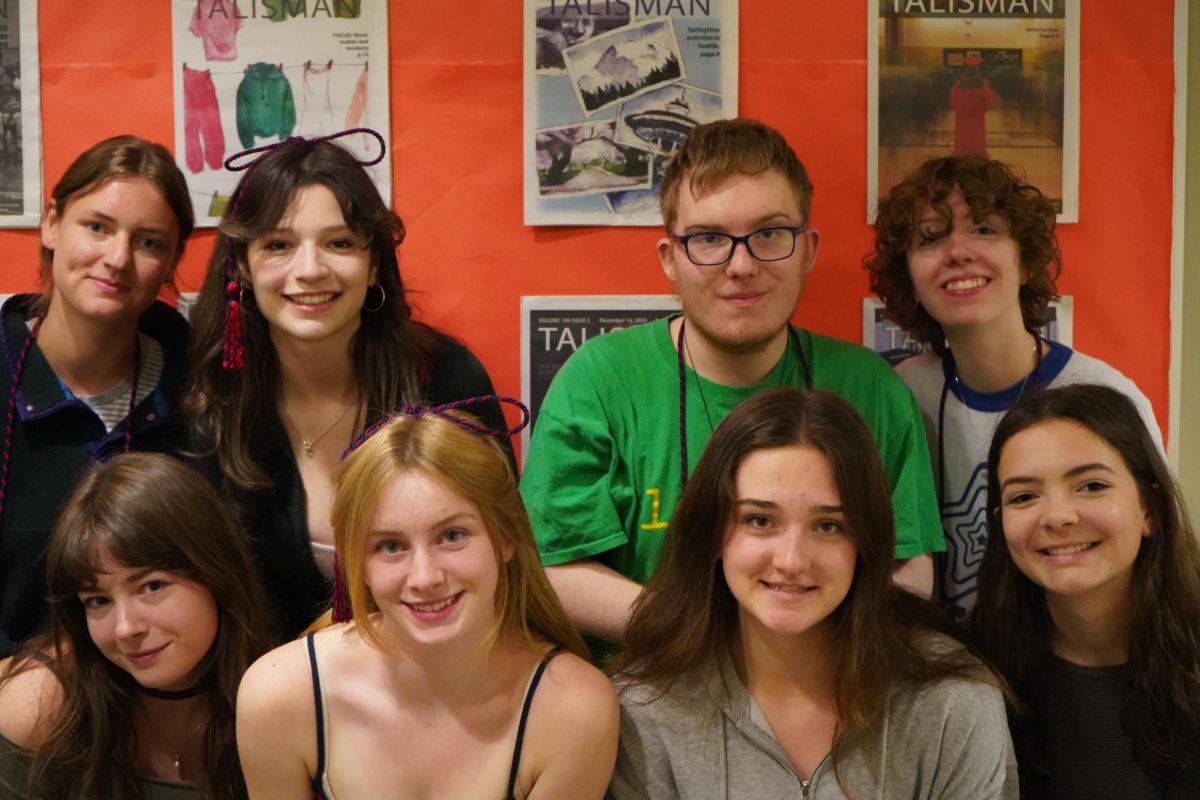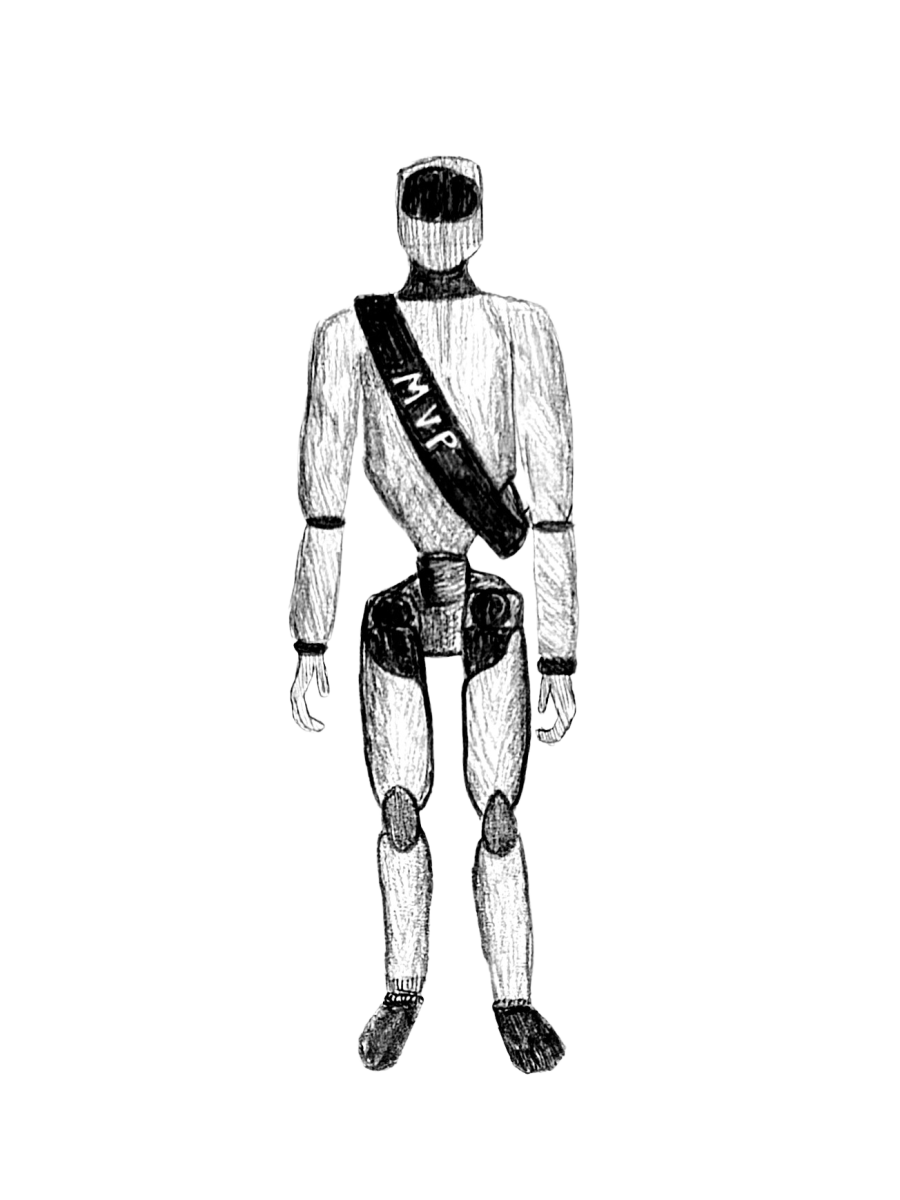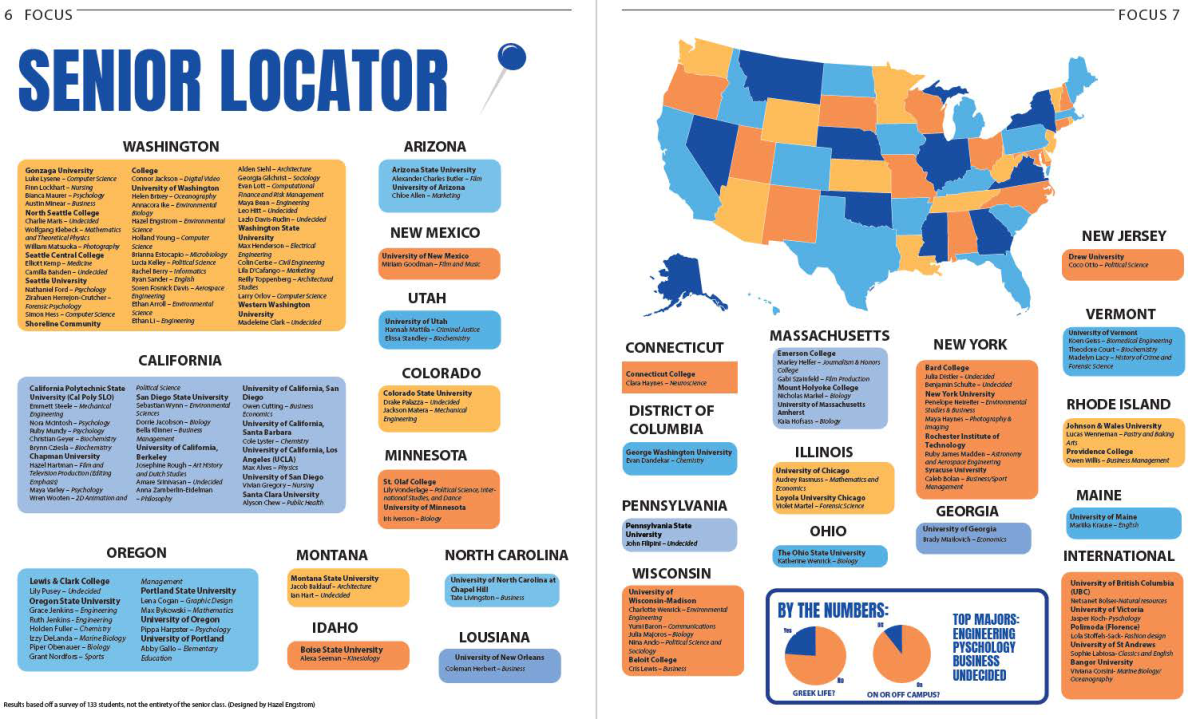Black History Month does not end on Feb. 28
How staff celebrated and empowered student voices for Black Lives Matter at School Week
ASB made several announcements about the purpose of Black Lives Matter at School Week.
March 17, 2023
During Black History Month, students and teachers were given the opportunity to expand on their knowledge of what Black History Month means, especially within the school community. PowerPoint presentations, videos, movies and conversations were the main resources utilized by teachers during the series.
Eileen Yardley delves into the Afro-Latino experience within Black History
Spanish teacher Eileen Yardley used her bilingual skills to teach her students Black history through Afro-Latinos in Spanish.
“I wanted to give my students a contextual picture of Afro-Latinos and their history,” Yardley said.
Yardley worked with the World Language team to find resources for all students at different Spanish levels. She was able to teach herself and her students some of the history of Afro-Latinos.
“I am so fascinated with the history of resistance in Latin American history that I wanted to work to build these materials,” Yardley said.
She believes that there’s always more to be done to increase racial equity.
“The principles should be posted around the school, and it should be translated in various languages, and we as a school could easily highlight one or two each month and talk about what it means to be empathetic in our classrooms,” Yardley said.
Brook Brayman presents elements of Black culture via music and the videos that accompany them
Brook Brayman, AP English Language and Composition teacher, used music to share an aspect of underappreciated Black culture.
Brayman feels music was a better way to get the Black History Month’s themes (joy and strength) across.
Through sharing different Black artists and their music videos, Brayman allowed his students to grasp a new point of view on what these songs mean.
“Music allows us to talk about some of the broader issues,” Brayman said.
He came up with a curriculum that worked for him through collaboration with the most important voices.
“Students’ input and encouragement was very important and valuable,” he said.
He feels that there is an added pressure on the language and history teachers, as their classes are built on ideals regarding racial equity.
Brayman feels that the school must initiate conversations to continue encouraging the department chairs to go to the BLM principles to discuss what could be improved.
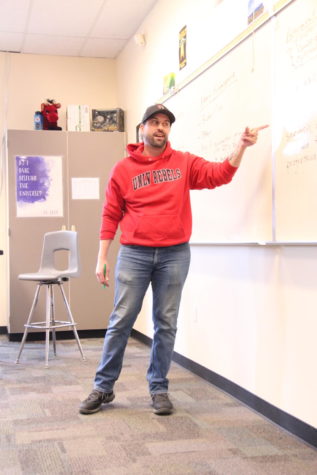
Taryn Coe introduces new methods for presenting info to underclassmen
English teacher Taryn Coe took an approach not seen in most classrooms this year.
“We did reflecting [in] small group discussions,”
she said.
They began the week with poetry analysis.
“We did a spoken word piece by Nikita Oliver,” Coe said.
Nikita Oliver is a politician, poet and educator. They were a candidate for mayor of Seattle in the 2017 mayoral election Coe took the extra time to teach her students about Black Lives Matter (BLM) and its female founders.
“A lot of students didn’t know that BLM In Schools originated in Seattle which was surprising as an educator,” Coe said.
She looked through each of the districts provided resources, but found her own lesson plans to be more efficient in the long run.
“I had trouble finding resources that would be coherent with students within the district provided resources,” she said.
Coe also has consistently been a staff member that’s been advocating for changes within the current English language arts curriculum.
“I make a bit of effort to decolonize my curriculum, and when I do go out of my way to create accessible materials for situations like Black History Month, I make sure to connect it to at least one element of our current unit,” Coe said.
Joe Schmidt discusses personal experiences in regards to racial inequality
Math teacher Joe Schmidt felt that in addition to PowerPoints and videos about BLM, conversations between students and teachers about personal experiences are necessary.
He understands the value of slowing down and using a mix of personal and district-selected resources to expose students to new information around Black History Month and beyond.
“I introduced my students to a different Black mathematician throughout all five days of the week,” Schmidt said.
He also found some of the collaborative resources helpful.
“I found some district resources put together by other teachers from other schools like Nathan Hale,” Schmidt said. “The source I used was very germane to my statistics class so I didn’t have to move too far away from what we had been doing.”
He feels that we could be doing more, but that having discussions like this in class is a wonderful start.
Malik Prince summarizes the month’s challenges and successes
Malik Prince, a coach and Black Student Union (BSU) faculty adviser, had several thoughts about how the month went as a whole.
“For the most part, the change was trying to be there but it was still mostly similar to years past,” Prince said.
Prince worked with several club members after the BLM week had concluded to reflect on what went well and what didn’t.
“According to most kids I have talked to, most teachers did not go out of their way to teach personalized and engaging lessons,” he said. “We need to find a way to keep these messages going throughout the year.”
He has been informed about several of the common lessons, and found himself unimpressed.
“Teachers are attempting to engage students with information that most of them already know and have known for years,” Prince said.
To alter these patterns, Prince believes that the school must start with the basics.
“We need far more student-led meetings to generate a better understanding and expand on the basics of Black history rather than falling back on the same three lessons about Martin Luther King Jr. and redlining,” Prince said.



